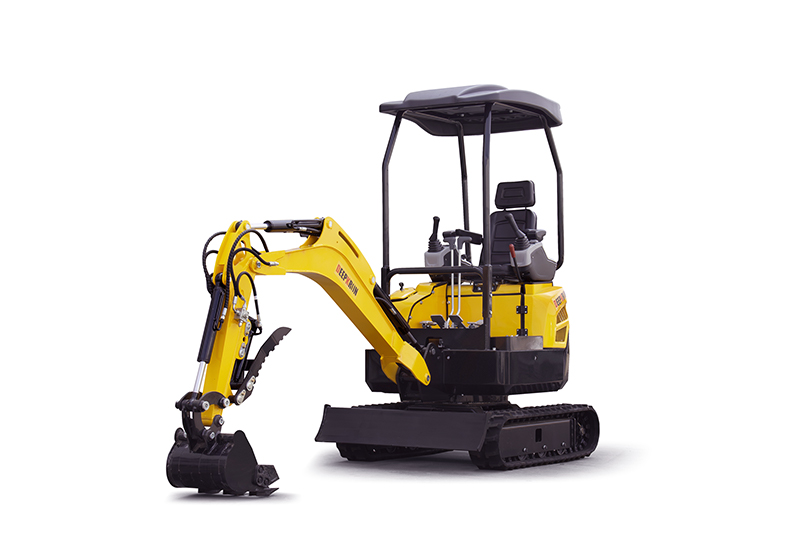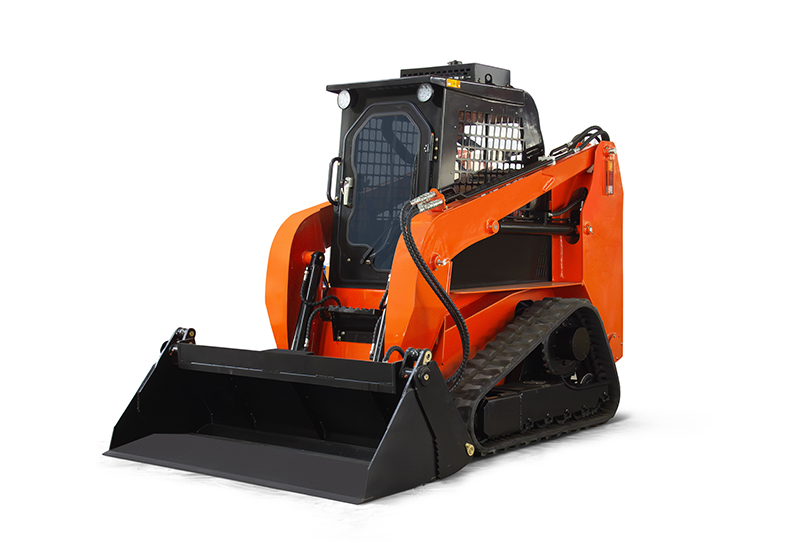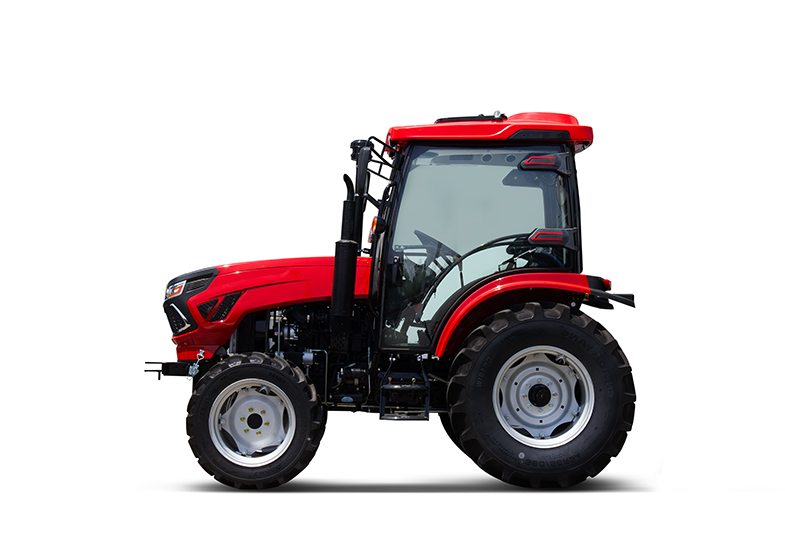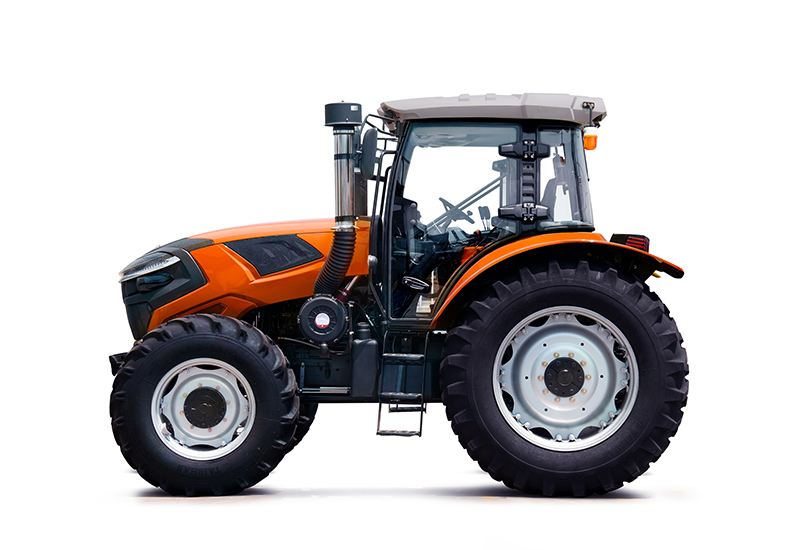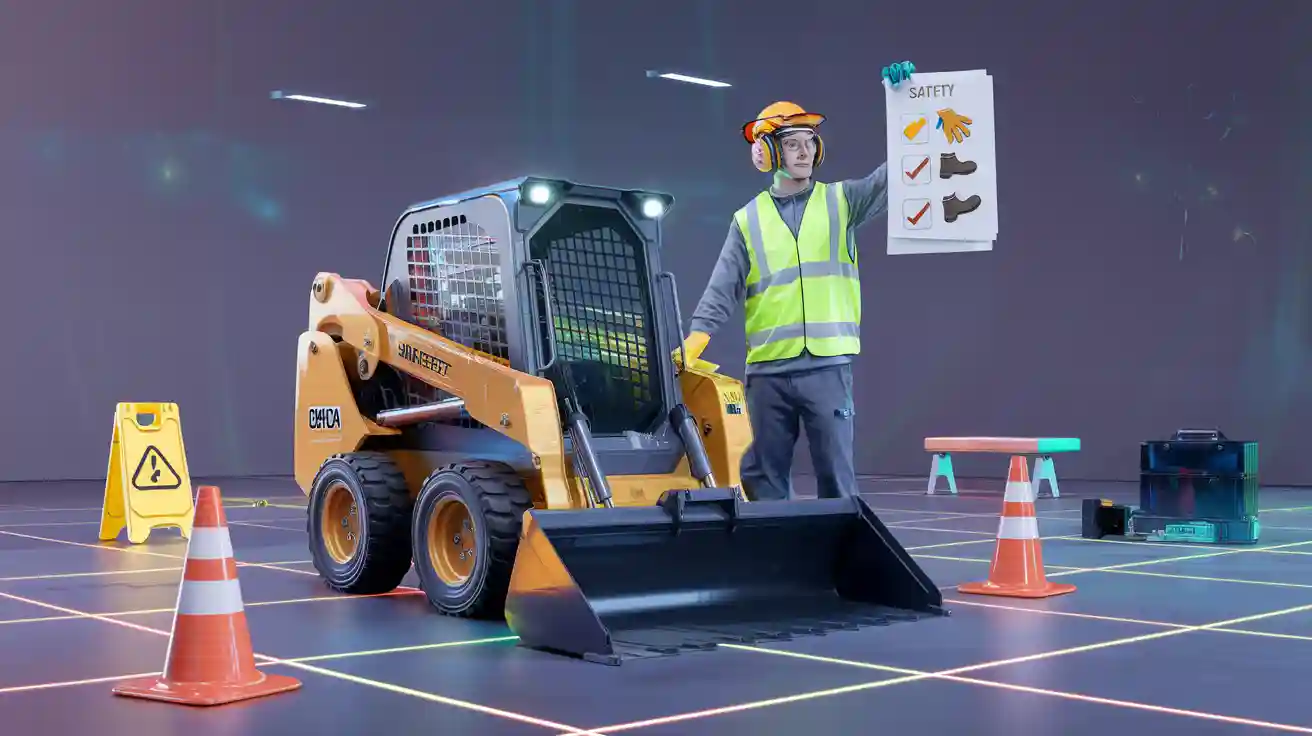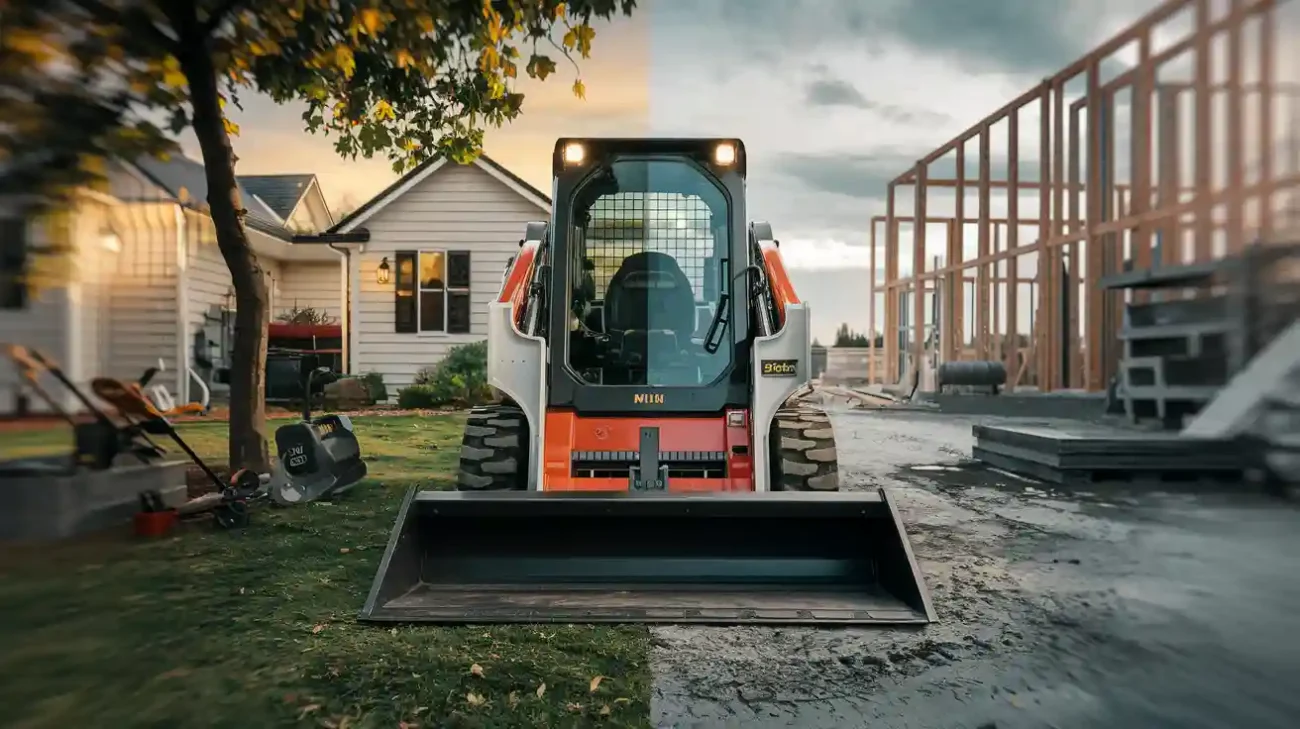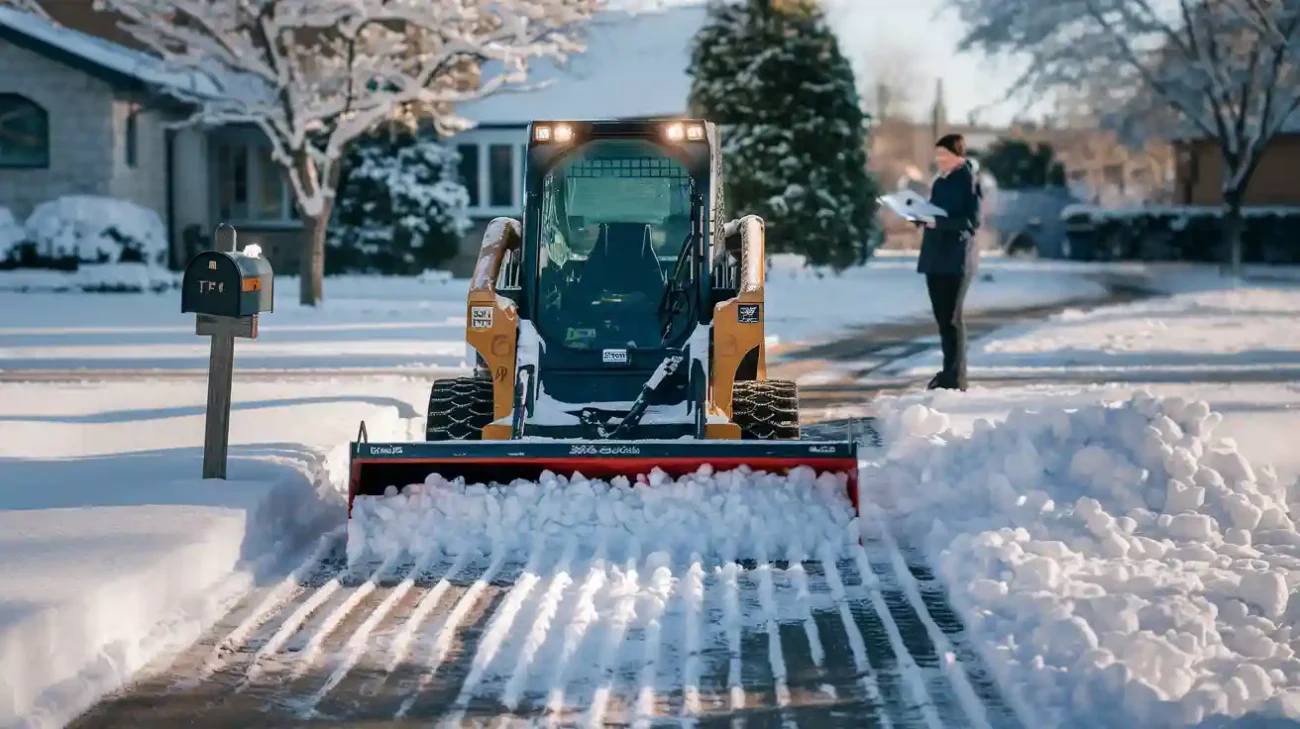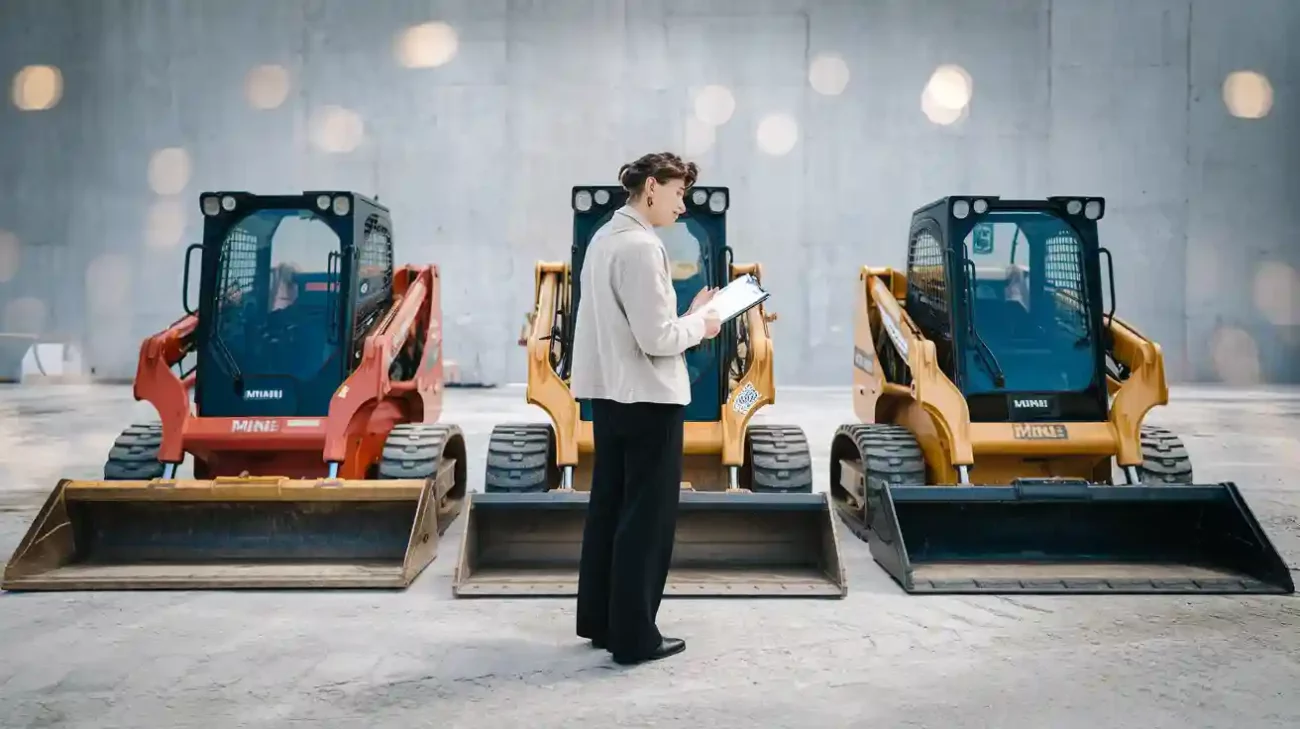Always check your machine before you hop in.
Wear your helmet, boots, and gloves—no exceptions!
Keep your bucket low and your eyes wide open.
Move slow with heavy loads and never rush turns.
You want to start your skid steer journey with confidence, not fear. In the U.S., accidents happen more than 2,000 times a year, usually because someone skips safety steps. Learn how to operate a mini skid steer safely, and you’ll avoid becoming part of that statistic.
Key Takeaways
Always check your mini skid steer before you use it. Wear your safety gear every time. This keeps you safe and helps your machine last longer.
Keep the bucket close to the ground. Move slowly when you carry things. Do not stop quickly. This helps you stay in control and stops the machine from tipping.
Pay attention to what is around you. Use seat belts and safety bars every time. Keep your arms and legs inside the cab. Talk clearly with others to stop accidents.
Pre-Operation Checks
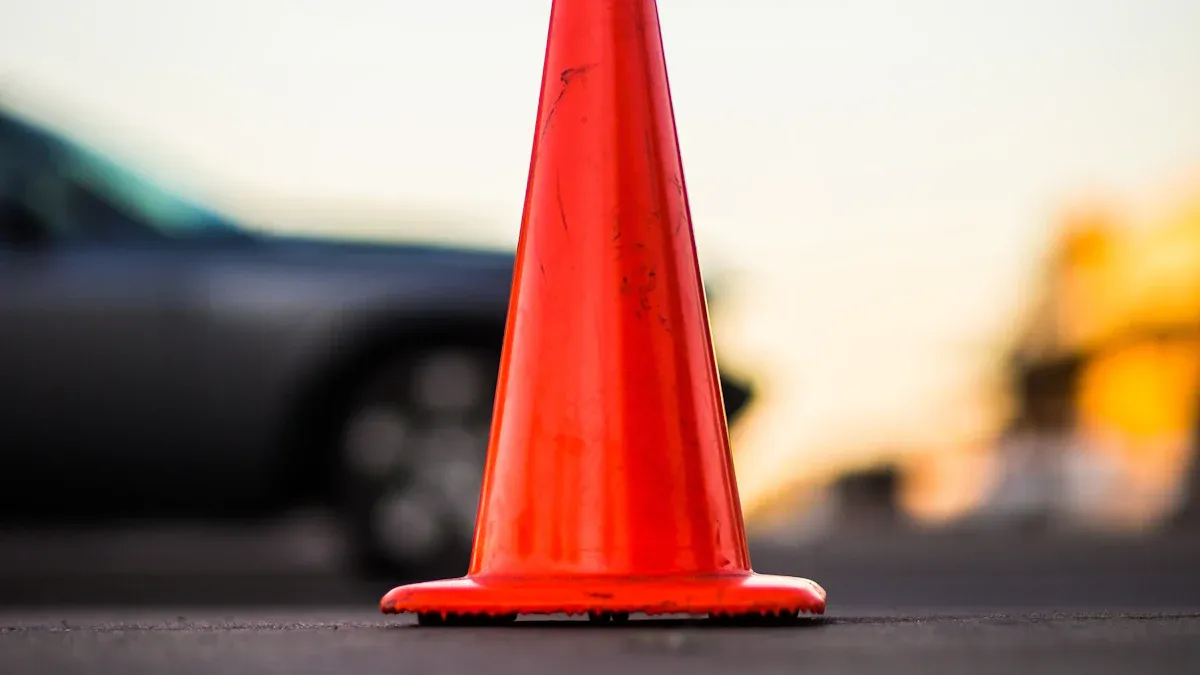
Inspect the Machine
You are about to use your mini skid steer. But first, you need to check it. Walk around and look for dents or cracks. See if anything looks broken or wrong. Check the hydraulic hoses for leaks. Look at the oil, coolant, and fuel levels. Tires or tracks should look strong, not worn out. Wipe off any mud or dirt you see. Keeping the machine clean helps you spot problems early. Checking your skid steer loader is very important. If you inspect it often, you can find problems before they get worse. Many groups use digital checklists to help. This means their machines break down less and work more. Inspections help your machine last longer and keep your day running smoothly.
PPE Essentials
Now it’s time to put on your gear. Wearing ppe is very important. Personal protective equipment keeps you safe. You need a helmet, steel-toed boots, gloves, goggles, and earmuffs. Never skip ppe, even if you think you don’t need it. PPE protects you from flying things, loud sounds, and bumps. Personal protective equipment keeps you safe every time you use the machine. Remember, ppe is not something you can skip. It is your best helper at work. You need ppe for your head, hands, feet, eyes, and ears. That’s five good reasons to always wear your ppe.
Controls and Manual
You get into the cab. Don’t hurry. Take time to read the manufacturer’s guidelines. Knowing how to use the controls can stop big mistakes. Learn what each lever and button does. Skid steer loader controls may look easy, but guessing can be risky. The manual tells you everything you need to know. Trust what it says. When you know the controls, you work safer and smarter. Always follow the manufacturer’s guidelines for every job.
How to Operate a Mini Skid Steer
Enter and Exit Safely
You stand in front of your mini skid steer. The machine looks ready, but you need to get in the right way. Always use three points of contact. That means two hands and one foot, or two feet and one hand, touch the machine at all times. Grab the handrails. Step up with care. Never use the controls as a ladder. Controls are for driving, not climbing. If you slip, you could get hurt before you even start operating a skid steer loader.
Tip: Muddy boots and slippery steps cause accidents. Wipe your boots and check the steps before you climb.
When you finish your work, exit the same way. Face the machine. Hold the handrails. Step down slowly. Rushing leads to twisted ankles and bruised pride. Every instructor in a good skid steer operator training program will tell you: safe entry and exit are the first lessons in how to operate a mini skid steer.
Use Seat Belts and Safety Bar
You sit in the seat. Now, buckle up. Snap the seat belt across your lap. Pull down the safety bar. These steps sound simple, but they save lives. OSHA and NIOSH found that many accidents happen because people skip these steps. Operators who forget the seat belt or safety bar can get thrown from the cab or pinned by the machine. That is not the kind of excitement you want.
Manufacturers designed interlock systems that only let you start operating a skid steer loader when the seat belt and safety bar are in place. These safety features keep you inside the cab if the machine tips or rolls. They also stop the engine and hydraulics if you try to cheat the system. You want to stay in your seat, not fly out like a superhero. The best way to operate a skid steer is to make seat belts and safety bars your best friends.
Note: Never bypass or modify these safety features. They are there for a reason. Keep them in good shape, and they will keep you safe.
Keep Body Inside
You feel the urge to stretch your arm out the window or rest your foot outside. Don’t do it. Keep every part of your body inside the operator area. The lift arms and bucket move fast. If your hand or foot is outside, you could get pinched or crushed. That is a quick way to end your day in the hospital.
Operating a skid steer loader means you stay alert. You watch your controls. You keep your eyes on the job. You never lean out to get a better look. The cab protects you from flying debris and moving parts. If you stay inside, you stay safe.
Remember: The safest way to operate a mini skid steer is to treat the cab like your own personal safety bubble.
Quick Checklist for Safe Operation
Step | Why It Matters |
|---|---|
Three points of contact | Prevents slips and falls |
Use handrails, not controls | Controls can break or move suddenly |
Buckle seat belt | Keeps you inside during accidents |
Engage safety bar | Activates safety interlocks |
Keep body inside | Avoids pinch and crush injuries |
Learning how to operate a mini skid steer takes practice and patience. Skid steer operator training programs use real stories, accident reports, and hands-on lessons to show why these steps matter. They teach you to respect the machine and follow every rule. When you operate a skid steer with care, you protect yourself and everyone around you.
🚧 Pro Tip: Every time you climb in, ask yourself: “Am I ready to operate a skid steer safely?” If the answer is yes, you are on your way to becoming a pro.
Essential Skid Steer Safety Tips
Keep Bucket Low
Picture this: You’re cruising along in your mini skid steer, feeling like the king of the jobsite. Suddenly, you hit a bump. If your bucket sits high in the air, your machine wobbles like a toddler on roller skates. That’s a recipe for accidents. Keeping the load low is one of the top skid steer safety rules you must follow every single time.
Top manufacturers and industry experts agree—keeping the bucket low while moving boosts your stability and keeps you upright. When you raise the bucket too high, especially with a heavy load, your skid steer turns into a tipping hazard. The importance of keeping the load low cannot be overstated. You want your machine to hug the ground, not try out for the high jump.
Raising the bucket too high with a heavy load increases the risk of tipping.
Improper weight distribution can make your machine unstable.
Keeping the bucket low to the ground helps you stay safe, especially on slopes or bumpy ground.
So, next time you’re operating a skid steer loader, remember: low bucket, low risk, high confidence.
Tip: If you can see over your bucket, you’re doing it right. If you feel like you’re peeking over a wall, lower that bucket!
Move Slowly with Loads
You’ve got a full bucket. Maybe it’s dirt, gravel, or even a pile of rocks. You feel strong, but your machine needs you to take it slow. Moving too fast with a heavy load can turn a simple job into a disaster. Accidents love speed. They wait for you to rush.
When operating a skid steer loader, always move slowly and steadily. This gives you more control and lets your safety features do their job. If you hit a bump or a hole, a slow pace keeps your load from bouncing out or shifting. That means fewer spills and fewer accidents.
Here’s a quick checklist for moving with a load:
Action | Why It Matters |
|---|---|
Move slowly | Prevents tipping and spills |
Watch your path | Avoids hidden hazards |
Keep load balanced | Maintains machine stability |
Remember, keeping the load low and moving at a snail’s pace might not win you any races, but it will keep you safe and your machine in one piece.
Avoid Sudden Stops
You see a squirrel dash across your path. Your first instinct? Slam on the brakes! But in a mini skid steer, sudden stops can send your load flying or even tip your machine. Accidents often happen when you stop or turn too quickly, especially on rough ground.
When operating a skid steer loader, plan your moves. Slow down before you stop. Ease into turns. This keeps your load steady and your machine balanced. If you need to know how to turn the skid steer, think smooth and gentle, not sharp and jerky.
🚧 Safety Precaution: Always avoid sharp turns and sudden stops. Your machine—and your toes—will thank you.
Drive on Slopes Safely
Slopes look harmless, but they can turn tricky fast. If you drive across a slope, your skid steer might tip over. That’s a fast track to accidents and a long day at the hospital. The best safety guidelines say you should always drive straight up or down a slope, never sideways.
When operating a skid steer loader on a hill, keep the bucket low and face the slope head-on. This gives you the best grip and balance. If you feel your machine start to tip, lower the bucket even more and back down slowly.
Here’s how to move the skid steer on a slope:
Approach the slope straight on.
Keep your load low and steady.
Move slowly and avoid sudden moves.
Never turn sideways on a hill.
Note: Your machine’s safety features help, but your choices matter most. Respect the slope, and you’ll stay safe.
Following these essential skid steer safety tips will help you avoid accidents, protect your machine, and keep your workday running smoothly. Remember, every time you climb in, you’re in charge of your own safety. Stick to these safety precautions and safety guidelines, and you’ll become a pro at operating a skid steer loader in no time.
Skid-Steer Safety and Surroundings
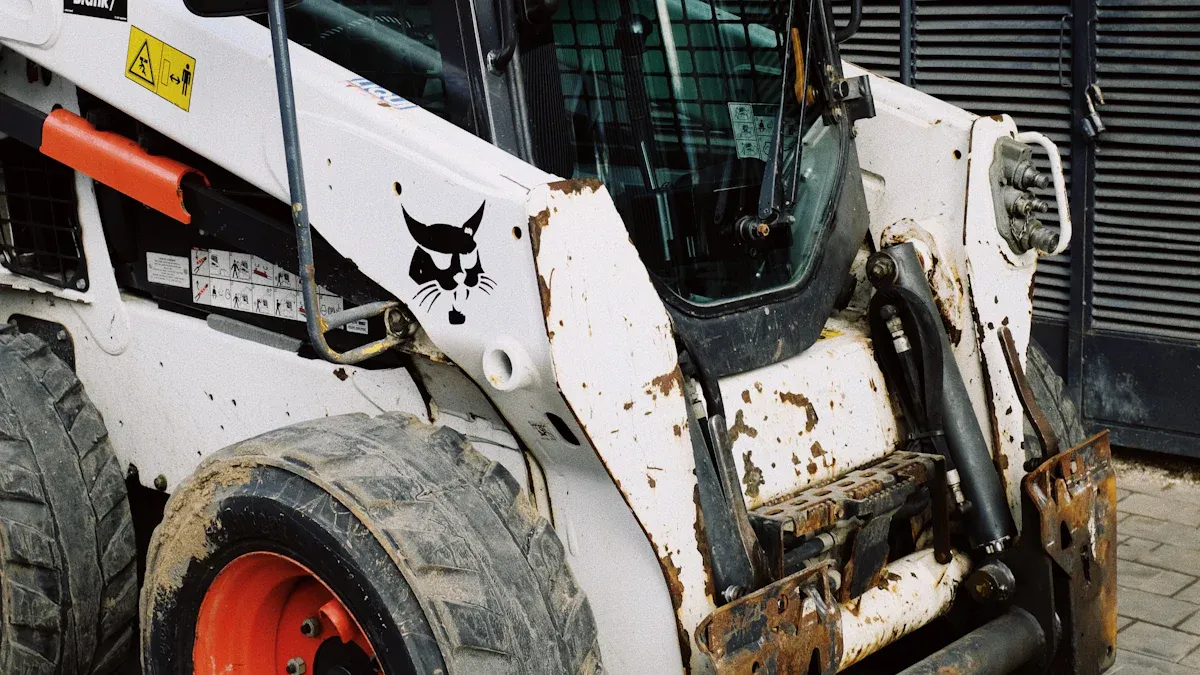
Check Surroundings
You climb into your mini skid steer, ready to roll. Wait! Take a good look around. Your surroundings can change in seconds. Kids might dart behind you. A coworker could walk into your blind spot. Even a stray toolbox can turn into a disaster. You want to avoid accidents, not star in one.
Always scan for people, pets, and obstacles before you move.
Look up for low-hanging wires or tree branches.
Check the ground for uneven spots or hidden holes.
Operators who ignore their surroundings often cause accidents. You can use mirrors or cameras to see what hides behind you. Stay alert and keep your eyes moving. Skid steer safety tips always start with a full sweep of your work area.
Communication Signals
You are not alone on the jobsite. Machines beep, people shout, and everyone moves fast. Clear signals keep you and your crew safe. Standard hand signals work best. If you wave your arms like you’re at a rock concert, nobody knows what you mean. Learn the right moves.
Agree on hand signals before you start.
Use radios if you can’t see each other.
Make eye contact with spotters before you move.
Good communication stops accidents before they happen. When you use the right signals, your team knows what to expect. That’s a top skid steer safety tip you can’t ignore.
Tip: If you’re not sure what someone wants, stop the machine and ask. Guessing leads to trouble.
No Passengers
Your mini skid steer is not a taxi. Never let anyone ride with you. The cab is built for one. Passengers can fall out or get crushed. Most accidents happen when people break this rule. You want to keep your friends safe, not give them a wild ride.
Stick to this rule every time. No passengers means fewer accidents and better skid-steer safety for everyone on site.
Skid Steer Safety Tips for Hazards
Blind Spots
You sit in the cab, ready to roll. But can you see everything? Blind spots hide danger. Hazards associated with skid-steer machines often sneak up from behind or the sides. You might miss a coworker, a toolbox, or even a dog. That’s how accidents happen.
Always check your mirrors before you move.
Use a spotter in a bright vest if you can’t see everything.
Keep your windows clean for a clear view.
Backup alarms and cameras help, but nothing beats your own eyes and a good spotter. Stay alert, and you’ll dodge most hazards associated with skid-steer operation.
Tipping and Rollovers
Mini skid steers love to tip if you treat them wrong. Hazards associated with skid-steer work include rollovers, especially on hills or with heavy loads. You want to keep your bucket low and your speed slow.
Tip: Never drive sideways on a slope. Go straight up or down.
Distribute your load evenly. Don’t overload your bucket. Wear your seatbelt every time. If you follow these rules, you’ll avoid most accidents and keep your machine upright.
Pinch Points
Pinch points sound small, but they pack a punch. The arms and bucket move fast. If your hand or foot slips outside, you could get hurt in a flash.
Keep your body inside the cab.
Never reach out while the machine runs.
Mark danger zones so others stay clear.
Pinch points cause accidents when you least expect it. Respect the moving parts, and you’ll keep all your fingers.
Overhead Obstacles
Look up! Overhead obstacles like tree branches, pipes, or wires can crash your day. Hazards associated with skid-steer operation include things above your head, not just on the ground.
Note: Always scan for low-hanging dangers before you start.
If you spot something, mark it or tell your crew. You don’t want a surprise meeting with a power line. Stay sharp, and you’ll avoid accidents from above.
Maintenance and Shutdown
Regular Checks
You want your mini skid steer to run like a champ every day. That means you need to check it often. Don’t just hop in and hope for the best. Look for leaks, loose bolts, and worn-out parts. Check the tires or tracks. Make sure the lights and alarms work. If you spot something weird, fix it before you start.
Tip: Keep a checklist handy. Mark off each item as you go. Your future self will thank you!
Here’s a quick table to help you remember:
What to Check | Why It Matters |
|---|---|
Fluids | Prevents breakdowns |
Tires/Tracks | Stops slips and slides |
Hoses & Belts | Avoids leaks and snaps |
Lights/Alarms | Keeps you visible/safe |
Safe Shutdown
You finished your job. Now, shut down your mini skid steer the right way. Park on flat ground. Lower the bucket until it touches the earth. Set the parking brake. Turn off the engine. Remove the key. Never leave the machine running while you walk away.
Alert: Always double-check that the bucket is down and the brake is on. You don’t want your machine rolling off on its own adventure!
Fire Safety
Fires can happen fast. You need to stay ready. Keep a fire extinguisher close by. Check it every week. Clean out dry grass, leaves, and oil from the engine area. Hot engines and flammable stuff do not mix.
If you smell smoke or see flames, shut off the engine and get out. Call for help.
🚒 Remember: A clean machine is a safe machine. Don’t let fire ruin your day!
You now hold the keys to mini skid steer safety!
Check your machine.
Wear your gear.
Keep your bucket low.
Stay alert.
🚧 Make safety your daily habit. Keep learning, stay sharp, and sign up for more training. You’ll become the jobsite hero everyone trusts!

